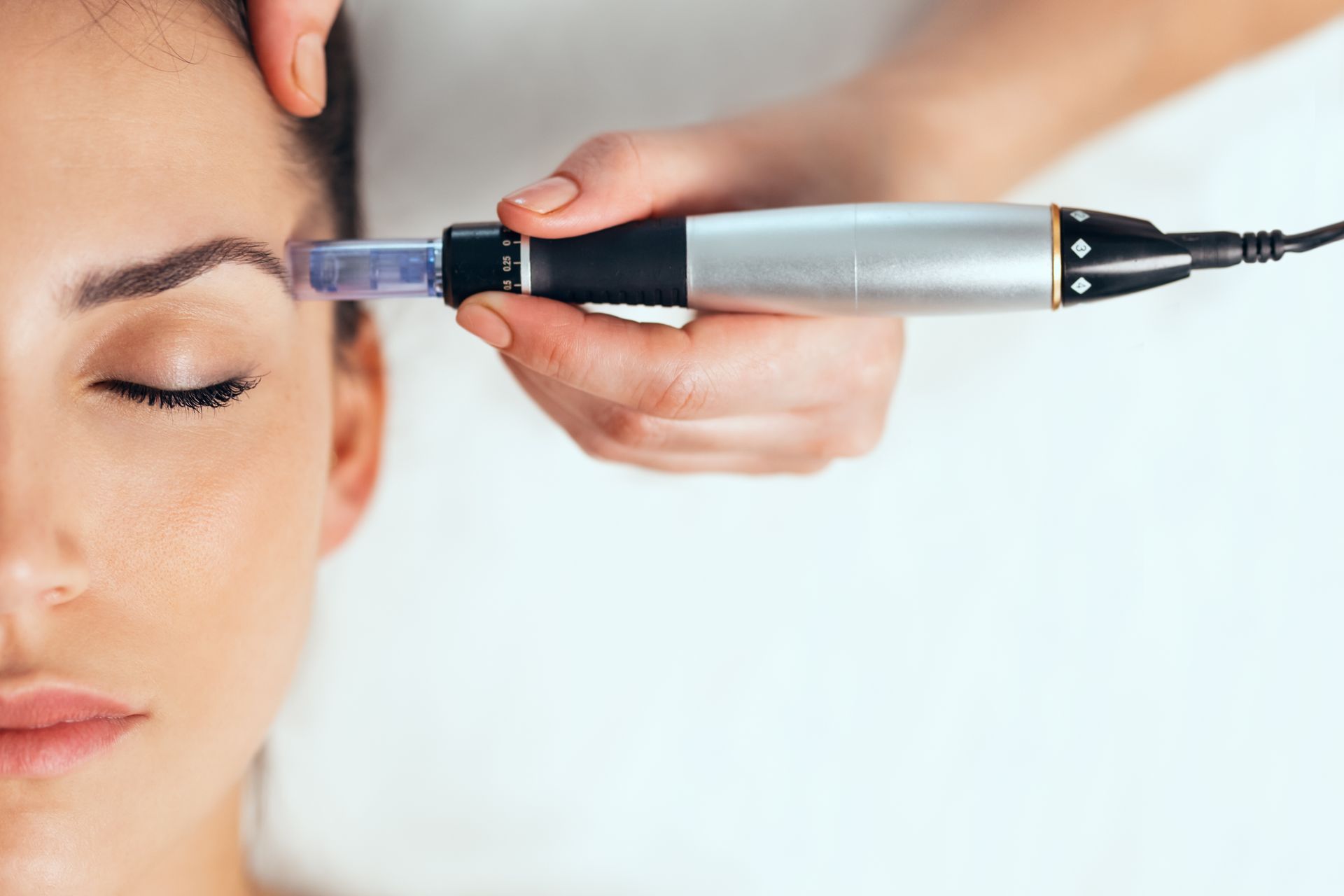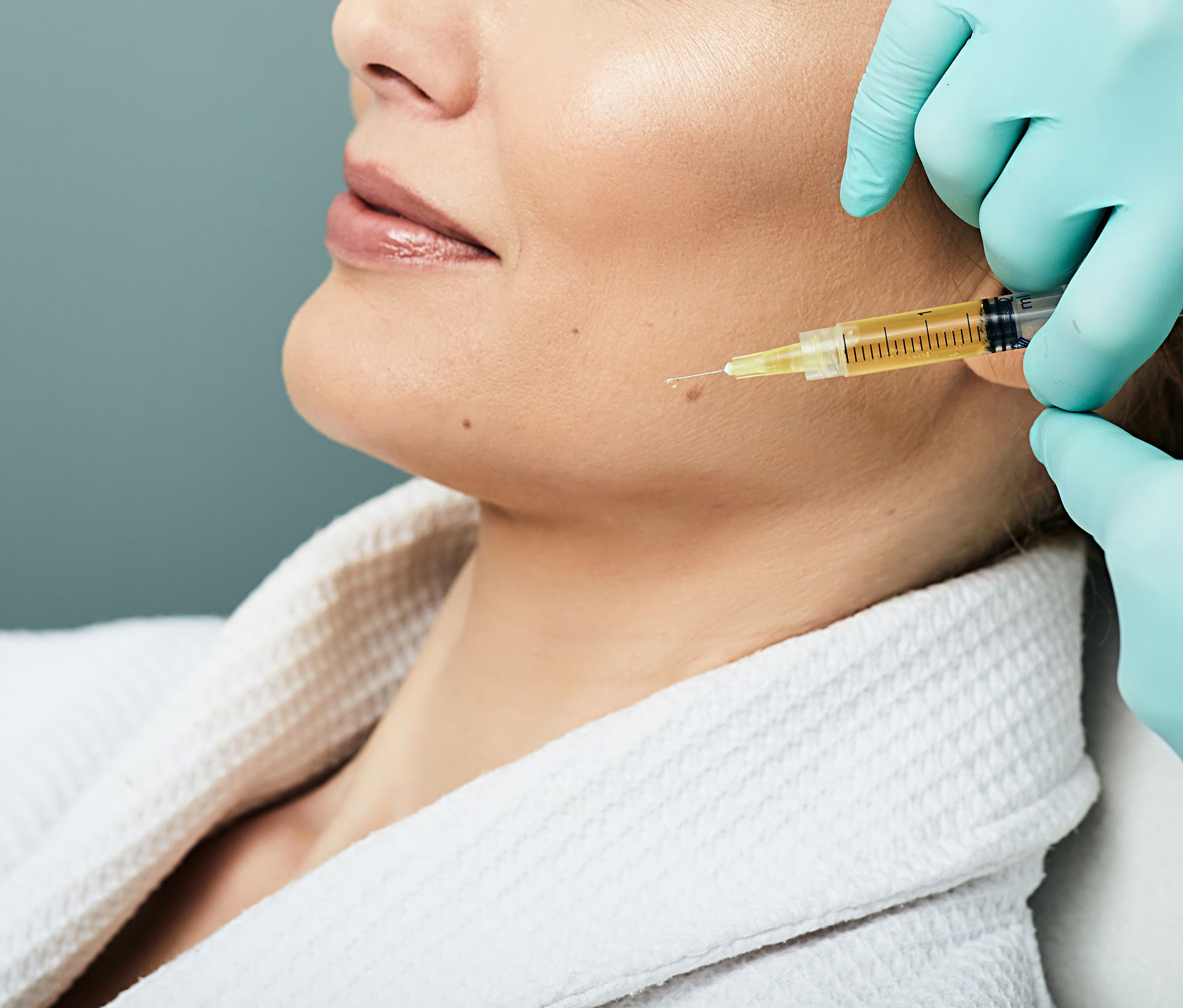The Ultimate Guide to Recovery Times for PRP, PRF, and PRFM Procedures
Platelet-rich plasma (PRP), platelet-rich fibrin (PRF), and platelet-rich fibrin matrix (PRFM) procedures have become increasingly popular in the field of regenerative medicine. These innovative treatments harness the power of our body's own growth factors to promote healing and regeneration in various tissues. However, one common question that patients often have is how long it will take for them to see results after undergoing these procedures.
In this blog, we will delve into the recovery times associated with PRP, PRF, and PRFM treatments to give you a clear understanding of what to expect post-procedure. Whether you are considering these therapies for skin rejuvenation, hair restoration, or joint pain relief, knowing the expected recovery times can help you plan your treatment journey effectively. Join us as we explore the ultimate guide to recovery times for PRP, PRF, and PRFM procedures.
Understanding Platelet-Rich Plasma Recovery Time
Platelet-rich plasma (PRP) recovery time varies depending on the specific procedure and individual factors such as age, overall health, and the area being treated. In general, most patients can expect to see initial results within a few weeks of their PRP treatment. However, full recovery and optimal results may take anywhere from several weeks to several months.
Factors such as adherence to post-treatment care instructions, frequency of treatments, and any underlying medical conditions can also impact how quickly a patient recovers from PRP therapy. It is important for patients to communicate openly with their healthcare provider about any concerns or changes they experience during the recovery period.
Navigating the PRF Healing Duration
Patience is Key: When undergoing PRF procedures, it's important to remember that healing takes time. Unlike quick fixes, these treatments promote natural regeneration within the body, which requires patience for optimal results.
Expect Variability: The healing duration for PRF procedures can vary from person to person depending on factors such as age, overall health, and the specific treatment area. It's crucial to follow post-procedure care guidelines provided by your healthcare provider to support a smooth recovery process.
Stay in Communication: Throughout your healing journey, maintain open communication with your healthcare provider about any concerns or questions you may have regarding your recovery progress. They can offer guidance and reassurance as you navigate the PRF healing duration towards a successful outcome.
Managing the PRFM Recovery Period
Follow post-procedure care instructions: Make sure to adhere to the specific guidelines provided by your healthcare provider after undergoing a PRFM procedure. This may include avoiding certain activities, using recommended skincare products, and attending follow-up appointments.
Stay hydrated and eat healthily: Drinking plenty of water and maintaining a nutritious diet can help support the body's healing process following PRFM treatment. Opt for foods rich in vitamins, minerals, and antioxidants to promote skin rejuvenation from within.
Protect your skin: Shield your skin from excessive sun exposure by wearing sunscreen and protective clothing. Avoid harsh chemicals or abrasive treatments that could irritate sensitive areas treated with PRFM. By taking these precautions, you can optimize the results of your procedure and ensure a smooth recovery period.
Key Takeaways for Long-Term Results
PRP: Results generally last 6 months to a year, and periodic treatments may be necessary for maintenance, especially for hair restoration and chronic joint injuries.
PRF: Produces longer-lasting effects due to its slower release of growth factors. Results can last 12–18 months, with fewer touch-ups needed for facial rejuvenation or hair restoration.
PRFM: Offers the longest-lasting effects due to its dense fibrin matrix, with results lasting up to 18 months or longer in many cases. Maintenance treatments are typically required every year or so for optimal results.
Each individual’s results can vary based on factors such as age, lifestyle, severity of the condition, and overall health, so it’s important to have realistic expectations and follow up with your provider for periodic evaluations.
Provide Advanced Healing with Regenerative Medicine Solutions from P4 Biologix
At P4 Biologix, we combine over 70 years of expertise in customer service with cutting-edge regenerative medicine to help healthcare professionals deliver advanced patient care. We offer natural, research-driven solutions designed to accelerate healing and improve patient outcomes. Whether it's enhancing recovery from orthopedic injuries, rejuvenating skin in aesthetic treatments, or supporting hair restoration, our regenerative solutions harness the body’s own growth factors to promote tissue regeneration and reduce recovery time. At P4 Biologix, we’re committed to helping you elevate your practice with effective, evidence-based therapies that foster long-term patient satisfaction. Contact us today to discover how our innovative regenerative medicine options can benefit your patients and transform your practice.



Have Questions?

Our Products
All Rights Reserved | P4 Biologix
All Rights Reserved | P4 Biologix

